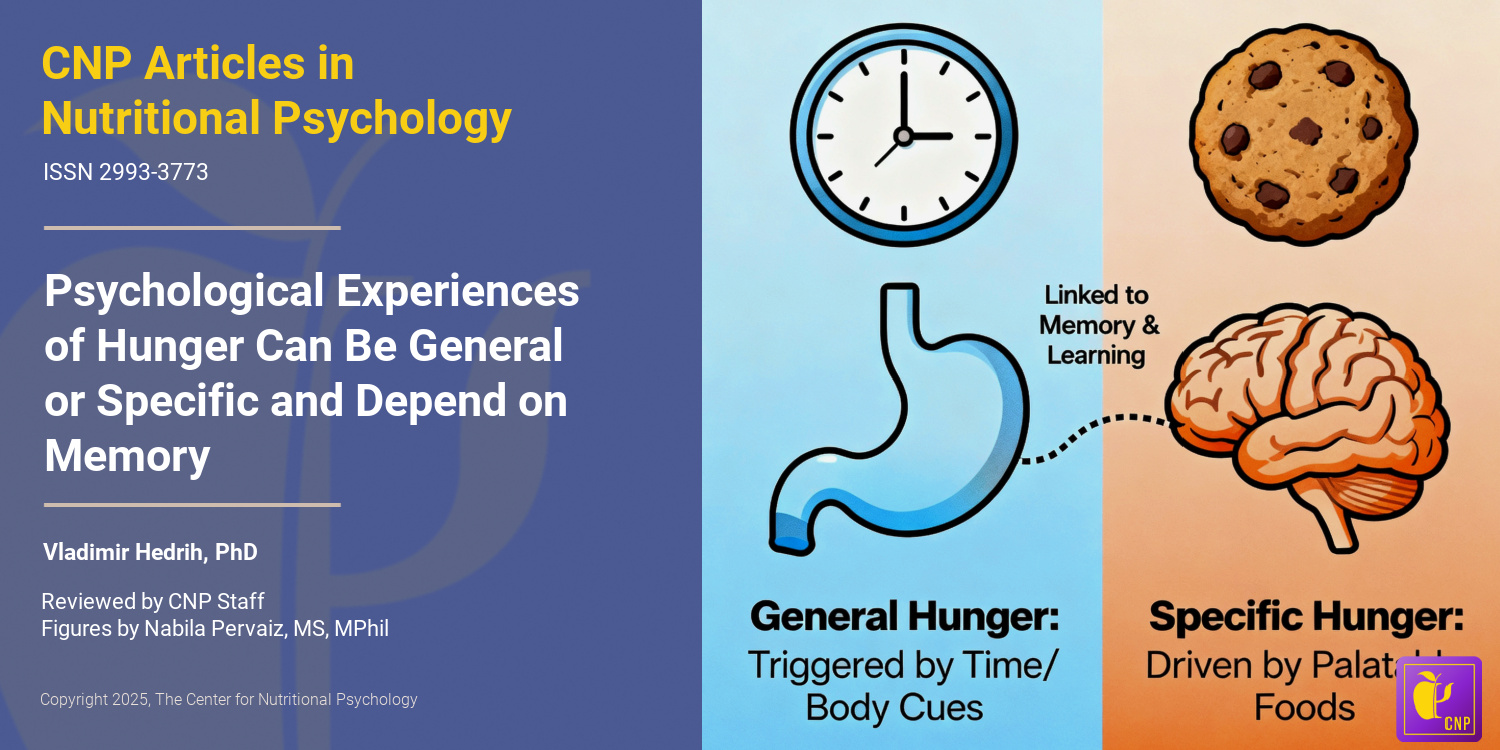Gut microbiota and allergic disease. New insights
This 2016 article explains that lifestyles and exposure to various environmental factors may be responsible for the rapid rise in childhood allergies reported in Westernized countries. Microbiological studies have already demonstrated that altered compositions in gut microbial communities during very early life may be connected to the presence of food allergies during childhood. Moreover, infants who exhibit more severe multisensitization to food or airborne allergens are significantly more likely to suffer from asthma during childhood. Thus, it has been hypothesized that abnormalities in the early-life gut microbiome composition (and microbial function) driven by lifestyle and/or the environment may play an important and mediatory role in childhood allergic asthma. This theory has been supported by animal studies. The exposures to certain environmental microbes associated with allergy protection in humans were also found to keep mice safe from airway allergies. In addition, short-chain fatty acids derived from gut microbiomes and produced from a high-fiber diet conferred protection against allergies. This paper explores the connection between the gut and the airways, and its relevance to childhood allergies. [NPID: gut microbiome, gut microbiota, allergies, allergy, environment, environmental, lifestyle, children, child, infants, fatty acids, bacteria, airways, asthma, food]
Year: 2016
 Navigation
Navigation






